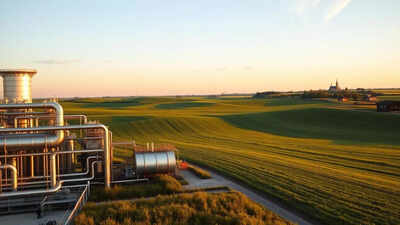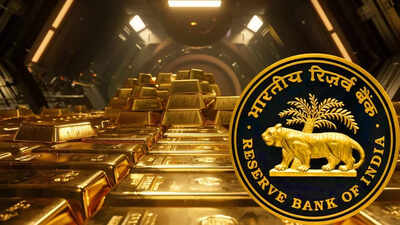Lesson from China’s export restrictions: India eyes fertilizer plant project in Russia; aim to protect against supply shocks

Indian fertiliser companies are preparing to set up a urea manufacturing facility in Russia, a move that is likely to be announced during Russian President Vladimir Putin’s visit to India in December. This would be India’s first fertiliser venture in Russia.The plant will use Russia’s abundant ammonia and natural gas reserves, ensuring a stable supply of this key agricultural input and reducing India’s reliance on volatile global prices, according to a report by ET.State-owned Rashtriya Chemicals and Fertilisers (RCF) and National Fertilisers Ltd (NFL), along with government-backed Indian Potash Ltd (IPL), have signed a non-disclosure agreement (NDA) with Russian partners to begin planning the project, the report said.The plant is expected to produce over 2 million tonnes of urea annually. Negotiations are ongoing on land allocation, natural gas, ammonia pricing and transportation logistics.India depends largely on imports of raw materials like ammonia and natural gas for its domestic fertilizer production.The Russian facility is expected to shield India from future price shocks and supply disruptions. It will also strengthen economic ties between the two countries, which already collaborate in energy, defence and agribusiness.The project comes after India faced an acute fertiliser shortage during this year’s kharif (monsoon) season, when China temporarily halted exports of urea and other nutrients.The disruption forced India to seek supplies from other markets at higher costs, raising concerns about food production.Demand for fertilizers has gone up due to well-distributed monsoon rains. Consequently, nutrient-rich crops like maize are being grown by farmers.During the winter season, the need for urea increases even further for rabi crops such as wheat.In order to keep fertilisers accessible and affordable for farmers, they are regulated and subsidised in India, contributing to food security. The burden of government subsidies rises as global prices rise.The initial budget of Rs 1.68 lakh crore was increased to Rs 1.92 lakh crore for FY25 for the Department of Fertilisers. India’s domestic urea production hit a record 31.4 million tonnes in FY24.Despite these efforts, India still relies heavily on imports for raw materials and is the second-largest user as well as the third-largest producer of fertilizers globally.





